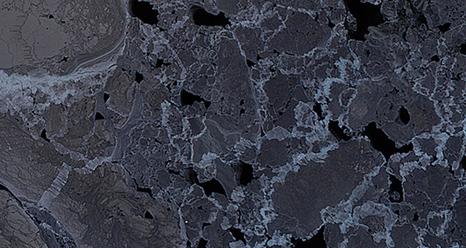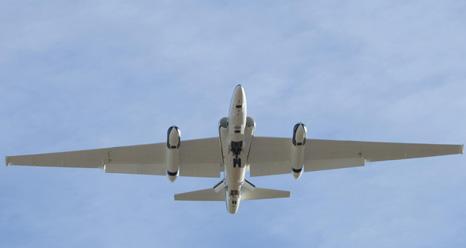News
About the Airborne Science Program
The Airborne Science Program within the Earth Science Division is responsible for providing aircraft systems that further science and advance the use of satellite data. The primary objectives of this program are to:
- Conduct in-situ atmospheric measurements with varying vertical and horizontal resolutions
- Collect high-resolution imagery for focused process studies and sub-pixel resolution for spaceborne calibration.
- Implement "sensor web" observational strategies for conducting earth science missions including intelligent mission management, and sensor networking.
- Demonstrate and exploit the capabilities of uninhabited and autonomous aircraft for science investigations
- Test new sensor technologies in space-like environments
- Calibrate/validate space-based measurements and retrieval algorithms
To meet these observing objectives, we need a suite of sustained, ongoing platforms and sensors on which investigators can rely from year to year; from these known capabilities the Science Mission Directorate can develop observing strategies. However, an ongoing capability will be resource-constrained and eventually technology-constrained, so that not all observing requirements will be met with the limited core capability. Therefore the program will facilitate access to other platforms or sensors on a funds-available, as-needed basis, to accommodate unique and/or occasional requirements. The program will also look constantly for new, evolving technologies to demonstrate their applicability for Earth science. Depending on the success of the demonstrations and the observing needs, the core capability is expected to evolve and change over time. The speed and extent of change will be balanced against the need for established, known capabilities for long-term planning.









